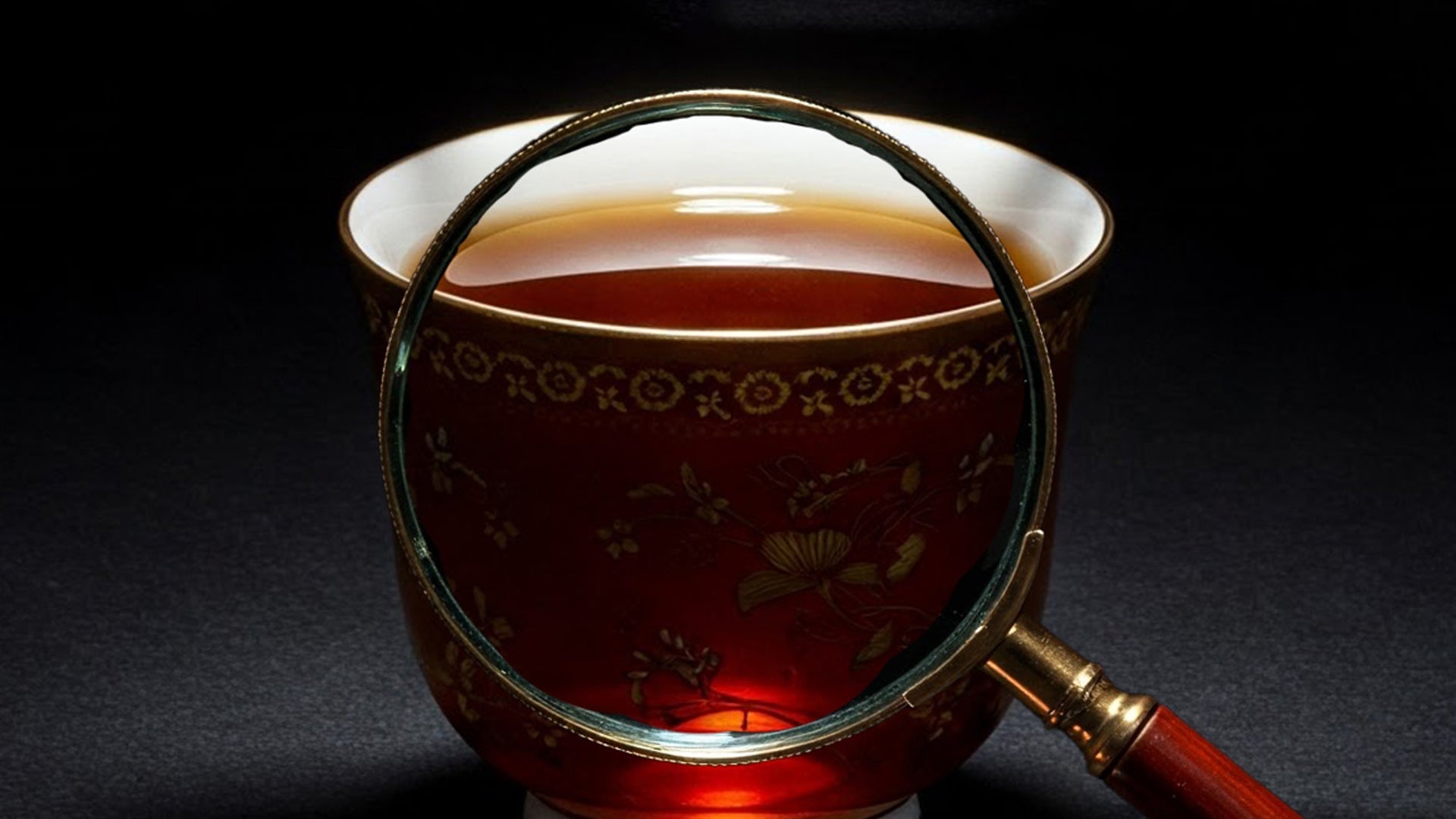How to Identify High-Quality Tea: A Beginner’s Guide

Not all teas are created equal. Whether you’re new to tea or refining your palate, knowing how to spot quality can transform your experience and help you avoid low-grade, mass-produced blends. From leaf structure and aroma to taste and sourcing, here’s what to look for when choosing a tea worth savoring.
1. Leaf Quality: Whole vs. Dust
The fastest way to assess a tea’s quality is to look at its leaves. High-quality teas typically feature whole, intact leaves or large leaf pieces, uniform in size and shape, with minimal stems or broken fragments. These leaves retain their essential oils and release complex flavors gradually.
Lower-grade teas, especially those found in inexpensive tea bags, often contain fannings or dust, tiny particles left over from processing. They brew quickly but tend to create a flat or harsh cup with little depth.
2. Color and Condition
The appearance of the leaves reveals both freshness and proper handling. Green teas should be vibrant, with a smooth surface. Black teas should display deep brown hues with twisted or curled shapes. Oolongs often show tightly rolled leaves with varied green-brown tones. White teas are identifiable by their silvery buds, while dark teas should appear compact and fragrant rather than musty.
Avoid teas that look dull, brittle, or uneven in color. These signs point to age, poor storage, or low-quality production.
3. Aroma: A Preview of Flavor
Quality tea has a distinct, natural aroma that reflects its type. Green teas might smell fresh and grassy with a hint of nuttiness. Black teas can be bold, malty, or floral. Oolongs range from fragrant and floral to roasted and nutty. White teas offer delicate honey and floral notes, while dark teas present earthy richness without a moldy edge.
If the scent is stale, papery, or flat, the tea has likely lost its character.
4. Taste: Smooth and Balanced
The most telling indicator is how the tea tastes. A high-grade tea offers a layered, balanced profile, the sweetness, astringency, and subtle bitterness in harmony. The flavor should linger pleasantly rather than disappearing or turning sour.
When tasting, let the tea coat your tongue, breathe in gently through your nose to capture aroma, and pay attention to the aftertaste. A truly good tea will continue to evolve as it cools.
5. Multiple Infusions: A Mark of Quality
Premium loose-leaf teas can be steeped multiple times — often three to ten — with each infusion offering a slightly different expression of flavor. This gradual release highlights the tea’s complexity and makes each steep distinct.
Lower-quality teas lose their flavor quickly, often after the first infusion. If you want a tea that evolves, look for whole-leaf options with proven re-steeping potential, such as a well-crafted Taiwanese Red Oolong.
6. Sourcing: Transparency and Ethics
A great tea’s story extends to how it’s grown and harvested. Seek out teas that are single-origin, clearly labeled by region or estate, and preferably handpicked. Sustainable practices, such as organic cultivation, fair trade certification, or shade-grown production, often translate into cleaner flavors and better environmental impact.
Avoid blends with vague origins or mass-market teas that prioritize volume over quality.
7. Packaging and Freshness
Tea’s enemies are light, air, and moisture. Quality packaging is airtight, opaque, and sometimes vacuum-sealed for delicate teas like green or white. Resealable pouches or tins help preserve aroma and flavor.
Avoid clear glass jars or thin plastic bags that expose the leaves to air and light, as these accelerate deterioration.
8. Price: Not the Only Indicator
While premium tea generally costs more than mass-market options, price alone isn’t proof of quality. Factors that justify higher cost include whole leaves, hand harvesting, organic or single-origin sourcing, and rarity.
Be cautious of teas with inflated prices driven by marketing rather than actual craftsmanship. Always evaluate the leaves, aroma, and taste before making assumptions.
Final Tips
- Inspect the leaves — Whole, vibrant, and uniform leaves indicate care in production.
- Smell the tea — Fresh, natural aromas signal proper storage and handling.
- Taste with attention — Look for smooth, balanced flavor and a pleasant finish.
- Test for re-steeping — If it lasts through multiple infusions, it’s likely high quality.
- Know the source — Transparent, ethical sourcing reflects well on both flavor and integrity.
By learning to evaluate these qualities, you can choose teas with confidence — whether shopping online, browsing a tea shop, or exploring a market abroad.
